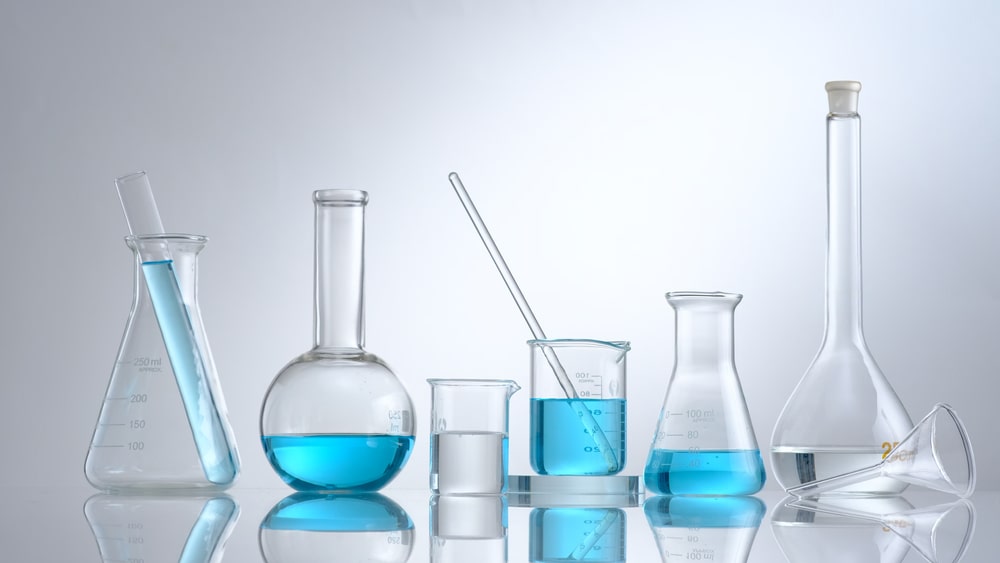Objectives of Calibration of glassware
- Appropriate terminology is used to enumerate glassware.
- Importance of calibration of glassware.
- Different calibration procedures for glassware.
- Relative formulas for expressing calibrated glassware
Overview: There are three types of glassware used in the lab to contain or deliver liquids: volumetric, ordinary, and disposable glassware.
Volumetric glassware: These are calibrated at a specific temperature to deliver or contain very precise amounts of liquid. Ex: Burette, Pipettes, and Volumetric flasks.
Ordinary glassware: They are less precise volume calibrations and are used whenever the volumes do not have to be measured as accurately. Ex: Beakers, Erlenmeyer flasks, and Graduated cylinders.
Disposable glassware or plastic ware: Used to transfer or hold liquids temporarily and may not contain any volume markings. Ex: Medicine droppers and Disposable pipettes.
In this class, calibrations of various laboratory glassware of different volume capacities are carried out.
Significance
- To ensure accurate results in laboratory settings.
- To minimize any measurement uncertainty by ensuring accuracy.
- Calibration quantifies and controls errors or uncertainties within measurement processes to an acceptable level.
Report: After this class, we can use appropriate terminology for different glassware. We understood the importance of calibration and then performed the calibration of pipettes, volumetric flasks, and beakers of different capacities by standard weight method. Obtained data is interpreted statistically. Further, we could experience the real environment in the workplace.
Make sure you also check our other amazing Article on: Calibration and Validation
